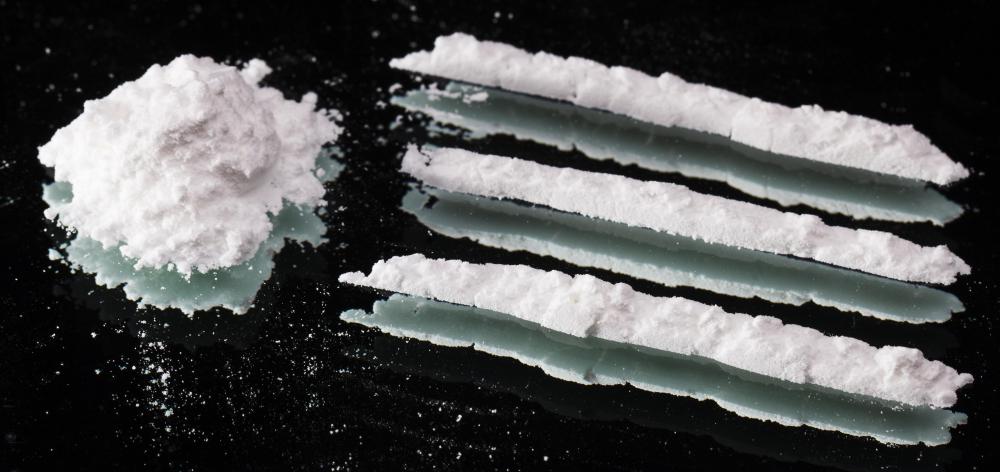At WiseGEEK, we're committed to delivering accurate, trustworthy information. Our expert-authored content is rigorously fact-checked and sourced from credible authorities. Discover how we uphold the highest standards in providing you with reliable knowledge.
What is Rhabdomyolysis?
Rhabdomyolysis is a condition in which the skeletal muscles begin to break down at a rapid pace. The deterioration can be triggered by a number of different causes, including physical trauma and certain medications. If left unchecked, this condition can lead to acute kidney failure and possibly death.
There are several different causes for the development of rhabdomyolysis. One has to do with the sudden compression of the muscles. This type of compression can occur due to a severe auto accident in which the individual is trapped inside the vehicle or under rubble or debris as the result of an earthquake, or because of prolonged periods of physical abuse where the individual is unable to move about.

Another of the common rhabdomyolysis causes is the interruption of blood flow to the muscles. The obstruction may be due to the presence of some type of blood clot formation. There is also some chance for this condition to occur if an artery is clamped during surgery.
It is also possible to develop rhabdomyolysis as the result of prolonged and extreme physical exertion, without proper hydration. People who are undergoing alcohol withdrawal or experience seizures are also at a higher risk for this condition. Exposure to significant amounts of electricity, either by coming in contact with lightning or as the result of exposure to electroshock weapons such as Tasers® are also more likely to develop this type of muscle deterioration.

Prescription and illegal drugs can also contribute to the development of this condition. Statins, anti-psychotic medications, and various types of neuromuscular blocking agents increase the risk of rhabdomyolysis. The use of heroin, ecstasy, and cocaine also increase the risk. Even some medication derived from snake venom can trigger some amount of skeletal muscle deterioration.

In terms of rhabdomyolysis symptoms, sufferers are likely to experience a reduced level of kidney function, loss of muscle strength, and in some cases, shock. The shock is sometimes due to the fact that this condition results in lower levels of several important nutrients in the body, in particularly potassium and calcium. Some people report that they feel some amount of numbness in the extremities; this is especially true for people who develop the condition after being trapped in rubble or a wrecked vehicle for an extended amount of time.

Rhabdomyolysis treatment often focuses on restoring proper blood circulation, preserving the function of the kidneys, and addressing any shock that has developed. The use of intravenous fluids is often recommended, especially for victims who have been crushed in some sort of accident or disaster. The introduction of the fluid can help to prevent the development of blockages that restrict blood flow to the skeletal muscles while also serving a means of providing the individual with the necessary nutrients to retain a proper balance to the electrolytes and the metabolism in general. If the condition is addressed while still in its early stages, there is an excellent chance for recovery. However, advanced situations may require a prolonged period of undergoing dialysis and possibly a kidney transplant in order to prevent death.
AS FEATURED ON:
AS FEATURED ON:
















Discuss this Article
Post your comments